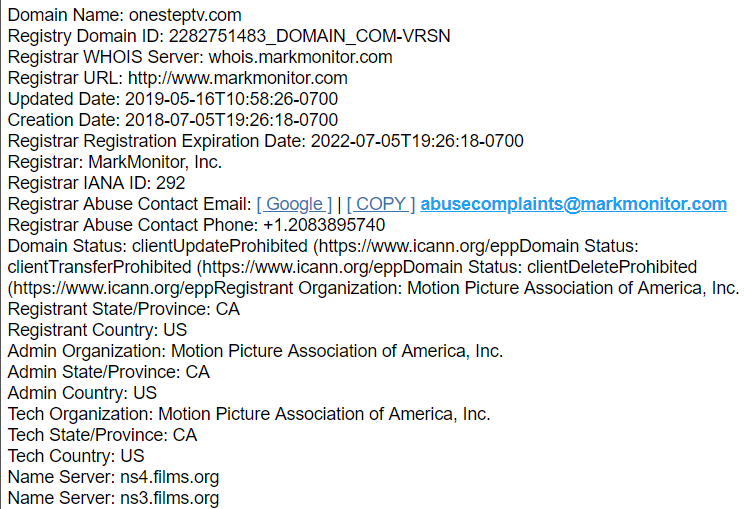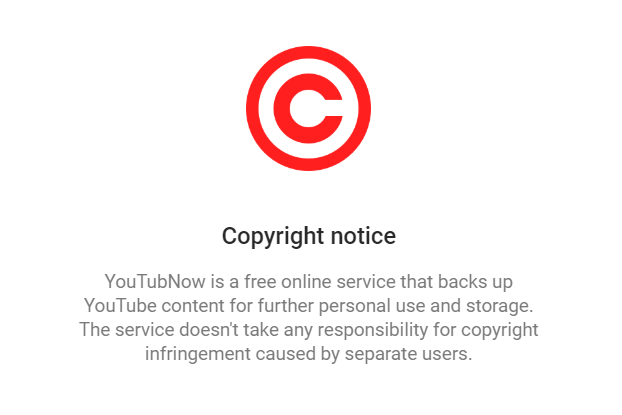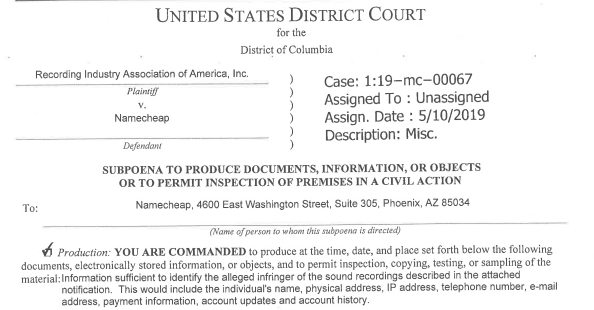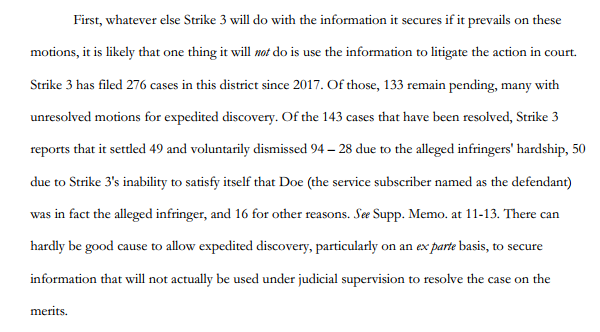Great New Offers For Android TV Box & Mini PC With Coupon!
The brand-new H96 MAX RK3318 powered by an Quad-core RK3318 64bit CPU and a Penta-core Mali 450 GPU and Android 9 Pie is on sale for just $42.99 over at Geekbuying by using the discount coupon IOUPFCLD.
Having great specs, especially for the price, the H96 MAX RK3318 is offering 4GB of RAM, 64GB of internal storage (eMMC), Dual Band WiFi 2.4G and 5G, Bluetooth v4, 1 x USB 3.0, 1 x USB 2.0, SD Card Slot, HDMI 2.0 for real 4K UHD resolution, AV out and an Ethernet 10/100M port. Not bad at all for an overall great perfomance for a media center and some light gaming as well.

H96 MAX Complete Specs:
| General | Model: H96 MAX Type: TV Box |
| Hardware | OS: Android 9.0 CPU: Rockchip RK3318 GPU: Penta-Core Mali-450 Up to 750Mhz+ RAM: 4GB DDR3 ROM: 64GB eMMC |
| Communication | Wireless: WiFi 2.4G/5G LAN: 10/100M Blutooth: Bluetooth4.0 |
| Media | Support Decoder format: 4K VP9 Video decoder, H.265/H.264 video decoder 1080P other video decoders (VC-1, MPEG-1/2/4, VP6/8)” Support Media format: Avi/Ts/Vob/Mkv/Mov/ISO/wmv/asf/flv/dat/mpg/mpeg Support Music format: MP3/WMA/AAC/WAV/OGG/DDP/HD/FLAC/APE Support Photo format: HD JPEG/BMP/GIF/PNG/TIFF High Definition video output: 4K (4096×2160 pixel ) HDR: HDR10 and HLG modes HDD File system: FAT16/FAT32/NTFS |
| Interface | AV, DC 5V, Ethernet, HDMI, AV, TF card slot, USB2.0, USB3.0 |
| Package Contents | Power adaptor,HDMI cable,user manual,remote |
Another great offer for one of the top of the line Android TV Box out there, the Beelink GT-King that is on sale for just $115.99 by using the coupon FJKSUUMQ. It is powered by the newest and most powerful CPU by Amlogic, the S922X, which is a 12nm six-core chip featuring Quad-core ARM Cortex-A73 that can reach 1.7 GHz and Dual-core ARM Cortex-A53 that can reach 1.8 GHz.

Sports also 4GB of DDR4 RAM, 64GB of internal storage (eMMC), Dual Band WiFi 2.4G and 5G, Gigabit 1000M Lan port and also Android 9 Pie! Performance monster that is also using a Mali G52 MP6 GPU so you can enjoy not only amazing 4K UHD movies but also Android gaming. You can make it yours by using the coupon FJKSUUMQ at: https://bit.ly/2JOL6Lv
Beelink GT-KING Full Specs:
| General | Brand: Beelink Model: GT-King Type: TV Box |
| Hardware | OS: Android 9.0 CPU: S922X Quad-core ARM Cortex-A73 and Dual-core ARM Cortex-A53 GPU: Hexa-core ARM G52 MP6 Graphics RAM: 4GB DDR4 ROM: 64GB eMMC |
| Communication | WiFi: 2.4G/ 5G WiFi LAN: 1000M Bluetooth 4.1 |
| Video | Amlogic Video Engine (AVE) with dedicated hardware decoders and encoders Support multi-video decoder up to 4Kx2K@60fps+1x1080P@60fps Supports multiple “secured” video decoding sessions and simultaneous decoding and encoding H.265/HEVC Main/Main10 profile @ level 5.1 High-tier; up to 4Kx2K @ 60fps VP9 Profile-2 up to 4Kx2K@60fps H.265 HEVC [email protected] up to 4Kx2K@60f AVS2-P2 Profile up to 4Kx2K@60fps H.264 AVC [email protected] up to 4Kx2K@30fps H.264 MVC up to 1080P@60fps MPEG-4 ASP@L5 up to 1080P@60fps (ISO-14496) WMV/VC-1 SP/MP/AP up to 1080P@60fps AVS-P16(AVS+) /AVS-P2 JiZhun Profile up to 1080P@60fps MPEG-2 MP/HL up to 1080P@60fps (ISO-13818) MPEG-1 MP/HL up to 1080P@60fps (ISO-11172) RealVideo 8/9/10 up to 1080P@60fps |
| Display | HDMI 2.1 output up to 4K@75Hz HDMI 3D video formats HDMI HDCP 2.2 AV(CVBS) 480i/576i |
| Interface | USB3.0, USB2.0, HDMI, LAN, AV jack, SD card slot, DC in, SPDIF |
| Power | Power Type: External Power Adapter Mode 12V-1.5A 18W Certification Input: 100-240V~50/60Hz , Output: 12V 1.5A |
| Dimensions&Weight | Product size: 10.8 x 10.8 x 1.53 cm / 4.25 x 4.25 x 0.60 inches Product weight: 190g Package size (L x W x H): 13.5 x 15.4 x 7.5 cm / 5.31 x 6.06 x 2.95 inches |
| Package Contents | 1 x TV Box 1 x 2.4G Voice Control 1 x Power Adapter 1 X HDMI Cable 1 X User Manual |
Mini Pcs On Sale!

And they also have a new promotion for small yet powerful Mini PCs. The Beelink, Hystou, Vorke, Mini PCs are on sale
on the dedicated page of Geekbuying, so have a look as well: https://affiliate.geekbuying.com/gkbaffiliate.php?id=252&url=186272
And More Discounts On Other TV Box From EU Stock
If on the other you found another TV Box and isn’t on sale, no worries! You can still get a$5 Off for orders over $50 for all EU Stock TV Boxes: by using the discount coupon ZZSNFQSG.


 To most people in the West, Egy.best may not ring a bell, but in Arabic speaking countries, it’s been a piracy beacon for years.
To most people in the West, Egy.best may not ring a bell, but in Arabic speaking countries, it’s been a piracy beacon for years.

 Copyright enforcement on YouTube is a growing source of frustration, particularly the overbroad takedown efforts.
Copyright enforcement on YouTube is a growing source of frustration, particularly the overbroad takedown efforts.





 The Canadian Government is currently exploring if and how the current Copyright Act should be amended to better fit the present landscape.
The Canadian Government is currently exploring if and how the current Copyright Act should be amended to better fit the present landscape.




 There are hundreds of file-hosting services on the Internet, each with their own strengths and weaknesses.
There are hundreds of file-hosting services on the Internet, each with their own strengths and weaknesses. 




